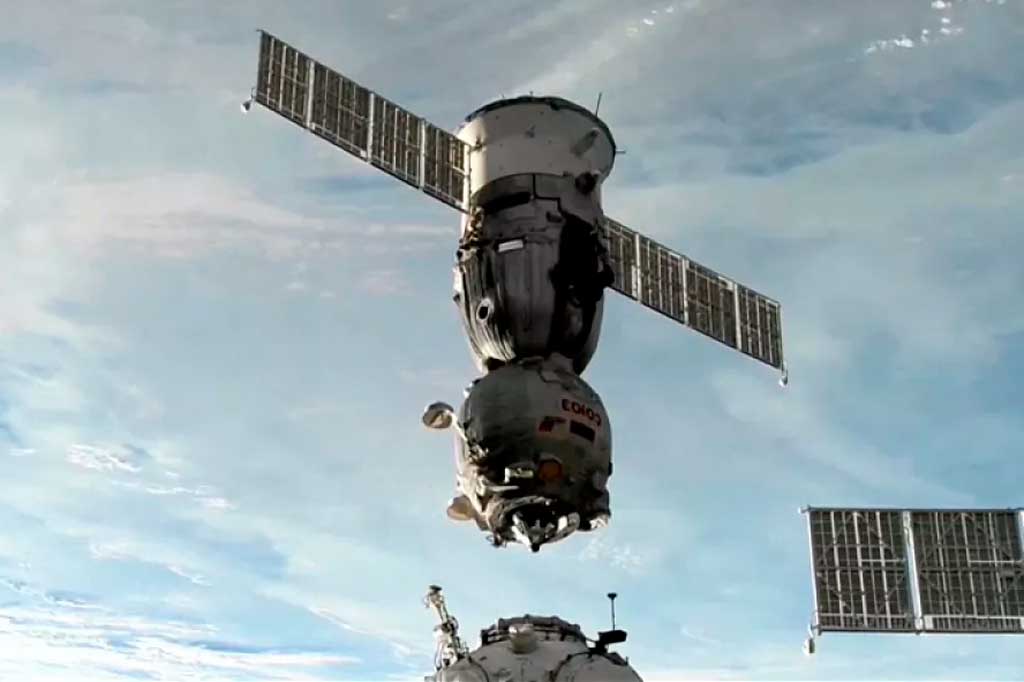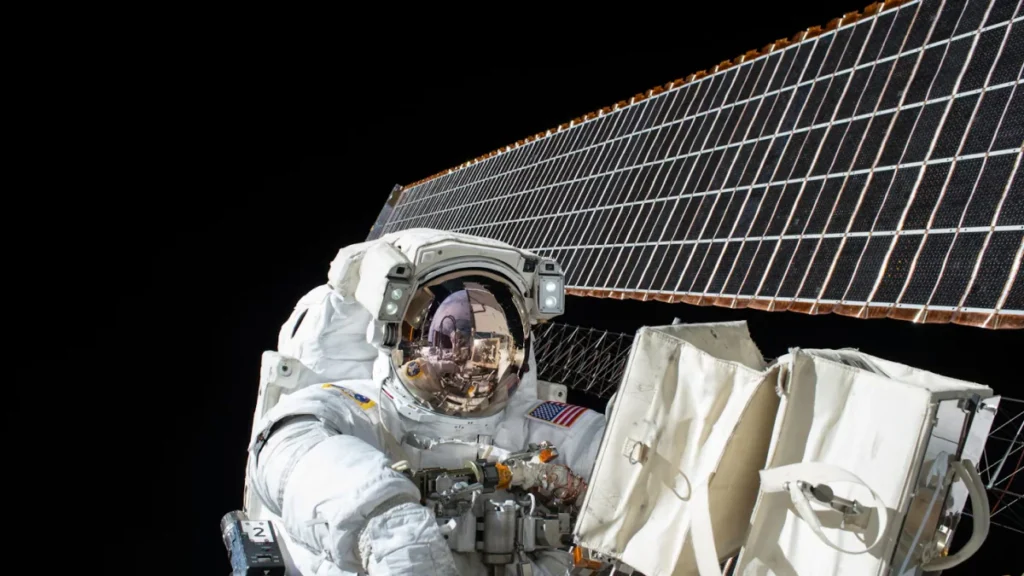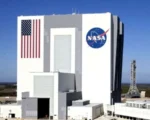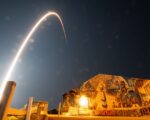Soyuz MS-25 Capsule Safely Lands, Completing Historic Mission with NASA and Russian Crew Members
After an extraordinary journey, the Soyuz MS-25 spacecraft has successfully returned to Earth, carrying a distinguished crew of two Russian cosmonauts and a NASA astronaut. The landing took place in Kazakhstan, marking the conclusion of a historic mission aboard the International Space Station (ISS) for cosmonauts Oleg Kononenko and Nikolai Chub, along with NASA astronaut Tracy Caldwell Dyson. Their time in space has not only expanded human knowledge but also set new records in space exploration.
Kononenko Surpasses Spaceflight Milestone
Oleg Kononenko achieved a remarkable milestone during this mission, becoming the first individual to spend over 1,000 days in space. His cumulative time in orbit now totals an astonishing 1,111 days across five separate missions. This latest mission, which lasted 374 days, set the record for the longest continuous stay aboard the ISS. Kononenko’s achievement eclipsed the previous record held by fellow cosmonaut Gennady Padalka, who logged 878 days over multiple flights, showcasing the incredible endurance and resilience required for long-duration space travel.
Chub and Dyson Complete Extended Missions
For Nikolai Chub, this mission marked his inaugural venture into space, and he made an impressive debut with a record-breaking duration of 374 days. His extended mission has not only solidified his place in space exploration history but also provided invaluable data for future missions, especially those aiming for longer durations in space. On the other hand, Tracy Caldwell Dyson’s return adds to her impressive resume as she completed 184 days in space during this mission. This brings her cumulative time in orbit closer to that of Chub’s remarkable single-mission duration, emphasizing her significant contributions to space science.
The Importance of Long-Duration Missions
The successful completion of this mission highlights the critical importance of long-duration spaceflights for advancing our understanding of human physiology in microgravity. Data gathered during these extended stays will inform future missions, particularly those planned for Mars and other distant destinations. Understanding how the human body reacts to prolonged exposure to space is crucial for ensuring the safety and health of astronauts during future explorations.
Future Missions on the Horizon
As space agencies worldwide prepare for future missions, the experiences and findings from Kononenko, Chub, and Dyson’s time aboard the ISS will play a pivotal role in shaping the next steps in space exploration. The ongoing collaboration between NASA and Roscosmos continues to demonstrate the value of international partnerships in scientific research, with future missions planned that will build on the successes of this historic journey.
Reflecting on the Journey
The return of Soyuz MS-25 not only signifies a successful mission but also serves as a reminder of the spirit of exploration that drives humanity to reach beyond our planet. The accomplishments of the crew contribute to the ongoing legacy of space exploration and inspire future generations of scientists and astronauts. Their resilience and determination are commendable, and their stories will continue to motivate individuals to pursue careers in science, technology, engineering, and mathematics.
Conclusion
In conclusion, the successful landing of Soyuz MS-25 marks a significant milestone in human spaceflight. Oleg Kononenko’s record-breaking achievement, alongside the notable missions of Nikolai Chub and Tracy Caldwell Dyson, underscores the importance of long-duration missions in advancing our understanding of life in space. As the world looks ahead to the next frontier, the lessons learned from this historic mission will undoubtedly shape the future of exploration and inspire countless others to join the journey.



















